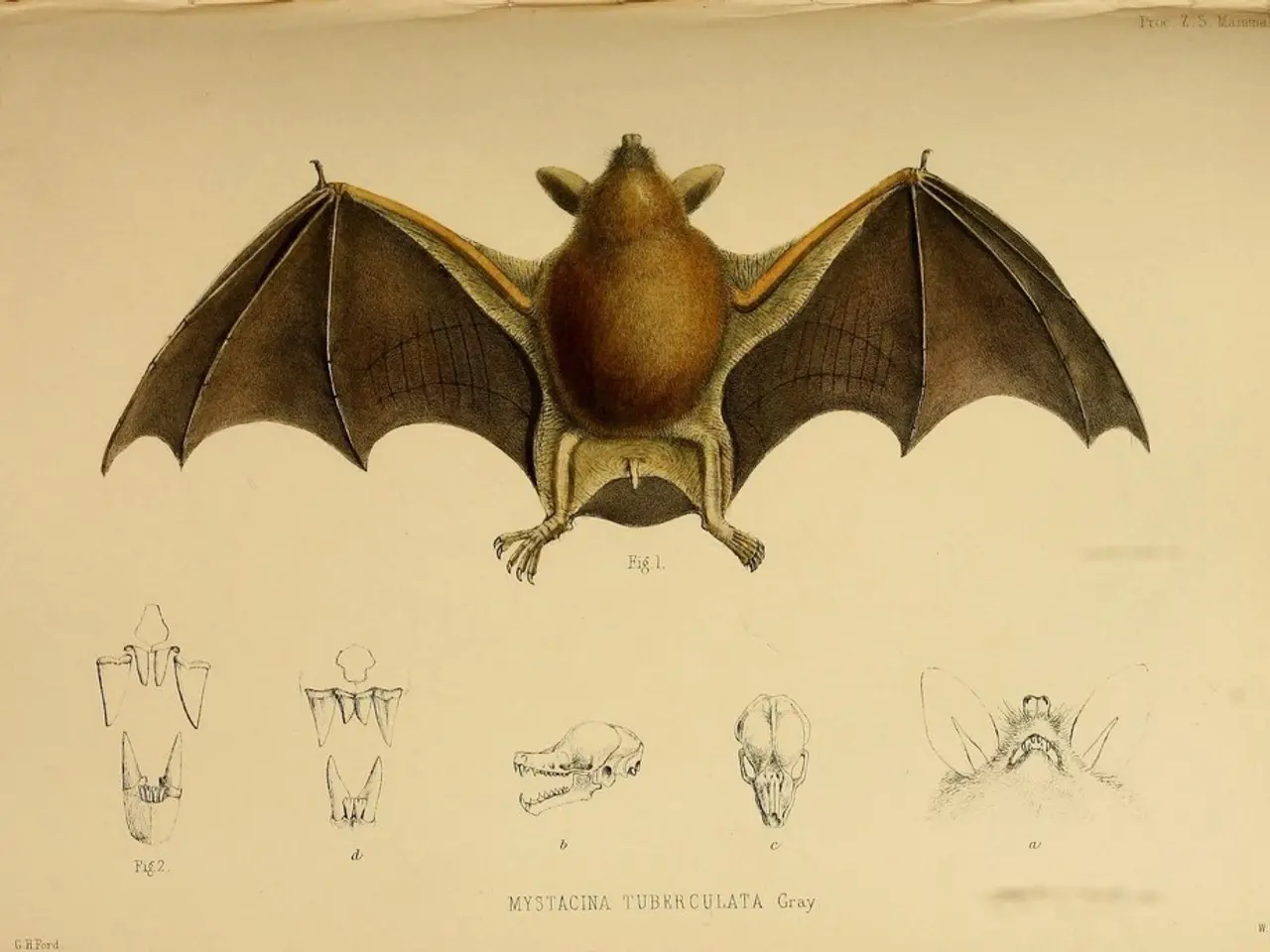Nuclear energy from recycled waste: diamond-based batteries revolutionize the power sector with a 28,000-year lifespan
In the 1950s and 60s, the aerospace industry seriously considered the use of nuclear batteries for their reliability and longevity. Fast forward to the present, and a groundbreaking innovation is turning problematic radioactive waste into a clean, ultra-long-lasting energy source. This technology, known as diamond batteries, was first introduced in 2016 by researchers at Bristol University's Cabot Institute.
The development of nano-diamond batteries from nuclear waste, specifically using radioactive carbon-14 harvested from nuclear reactor graphite cores, contributes to a more sustainable energy lifecycle. Key contributions to sustainability include waste recycling and reduction, longevity and safety, extended energy supply, and reduction in new resource extraction.
Waste Recycling and Reduction
By repurposing carbon-14, a radioactive isotope found in nuclear waste, these batteries help reduce the volume and hazard of nuclear waste that requires long-term storage and containment.
Longevity and Safety
Encasing the radioactive material inside artificial diamond layers creates a battery that is radioactively sealed and physically stable, reducing risks of contamination and radiation leakage. This enhances safety compared to traditional nuclear waste disposal methods.
Extended Energy Supply
Nano-diamond batteries can generate small amounts of power for very long periods (potentially decades to centuries), offering a sustainable, low-maintenance energy source for devices where frequent battery replacement is impractical, such as medical implants, satellites, and even space exploration, electric vehicles, or drones.
Reduction in New Resource Extraction
By recycling nuclear waste rather than extracting entirely new raw materials for batteries, the process lessens the environmental impact related to mining and material processing, thus closing the resource lifecycle loop.
If mass-produced on a larger scale, nano-diamond batteries could revolutionize the energy industry. NDB Inc., a company specialising in this technology, offers a sustainable alternative to lithium-ion batteries. The innovation was made possible through the use of polycrystalline diamond (PCD), obtained by chemical vapor deposition (CVD), which plays a crucial role in the production of radioactive diamonds for these batteries.
The batteries work by encasing radioactive material in semiconductors, and during beta decay, emitted particles excite electrons in the semiconductor, creating an electrical current. Researchers are working to improve the efficiency of these batteries by enhancing the capture of emitted particles.
In summary, this technology turns problematic radioactive waste into a clean, ultra-long-lasting energy source, thereby addressing nuclear waste challenges and improving the sustainability of energy storage systems. The development of nano-diamond batteries could contribute to a greener and more sustainable energy lifecycle.
- The groundbreaking innovation, nano-diamond batteries, takes problematic radioactive waste from nuclear reactors and transforms it into a clean, ultra-long-lasting energy source.
- The use of diamond batteries contributes to a more sustainable energy lifecycle, reducing the need for new resource extraction in the production of batteries.
- The batteries consist of encasing radioactive material in semiconductors, with beta decay creating an electrical current, providing a sustainable energy source for devices needing infrequent battery replacement.
- The production of radioactive diamonds for these batteries involves polycrystalline diamond (PCD) obtained by chemical vapor deposition (CVD), marking a significant leap in the energy industry.
- Nano-diamond batteries, if mass-produced, could provide a sustainable alternative to lithium-ion batteries, impacting various industries such as medical implants, satellites, space exploration, electric vehicles, and drones.
- The development of nano-diamond batteries can help reduce the volume and hazard of nuclear waste, enhancing safety by reducing risks of contamination and radiation leakage.
- The extension of energy supply offered by nano-diamond batteries could lead to a greener and more sustainable energy future, supporting the principles of sustainable living in home-and-garden, lifestyle, and environmental-science, as well as the finance industry.




